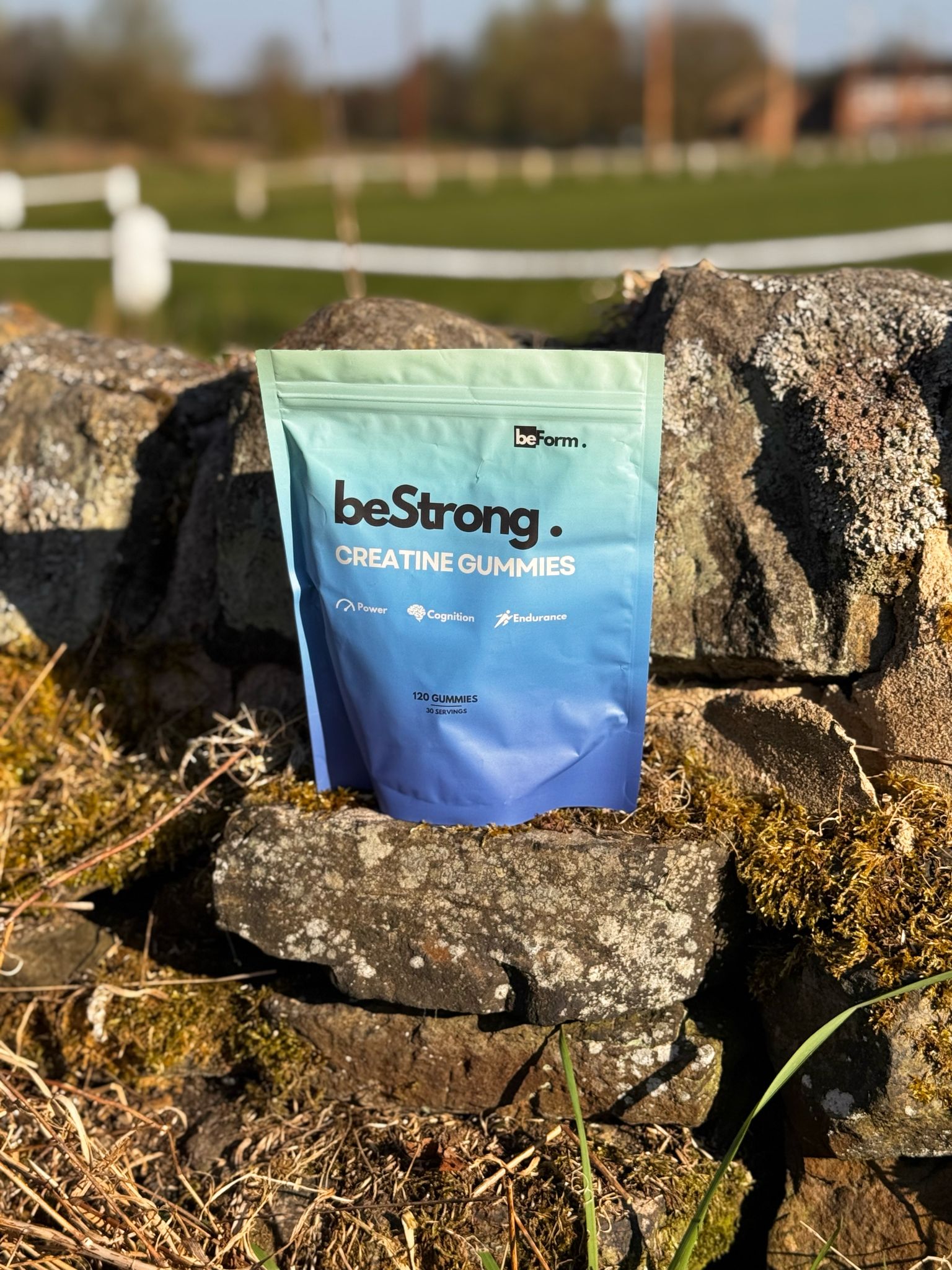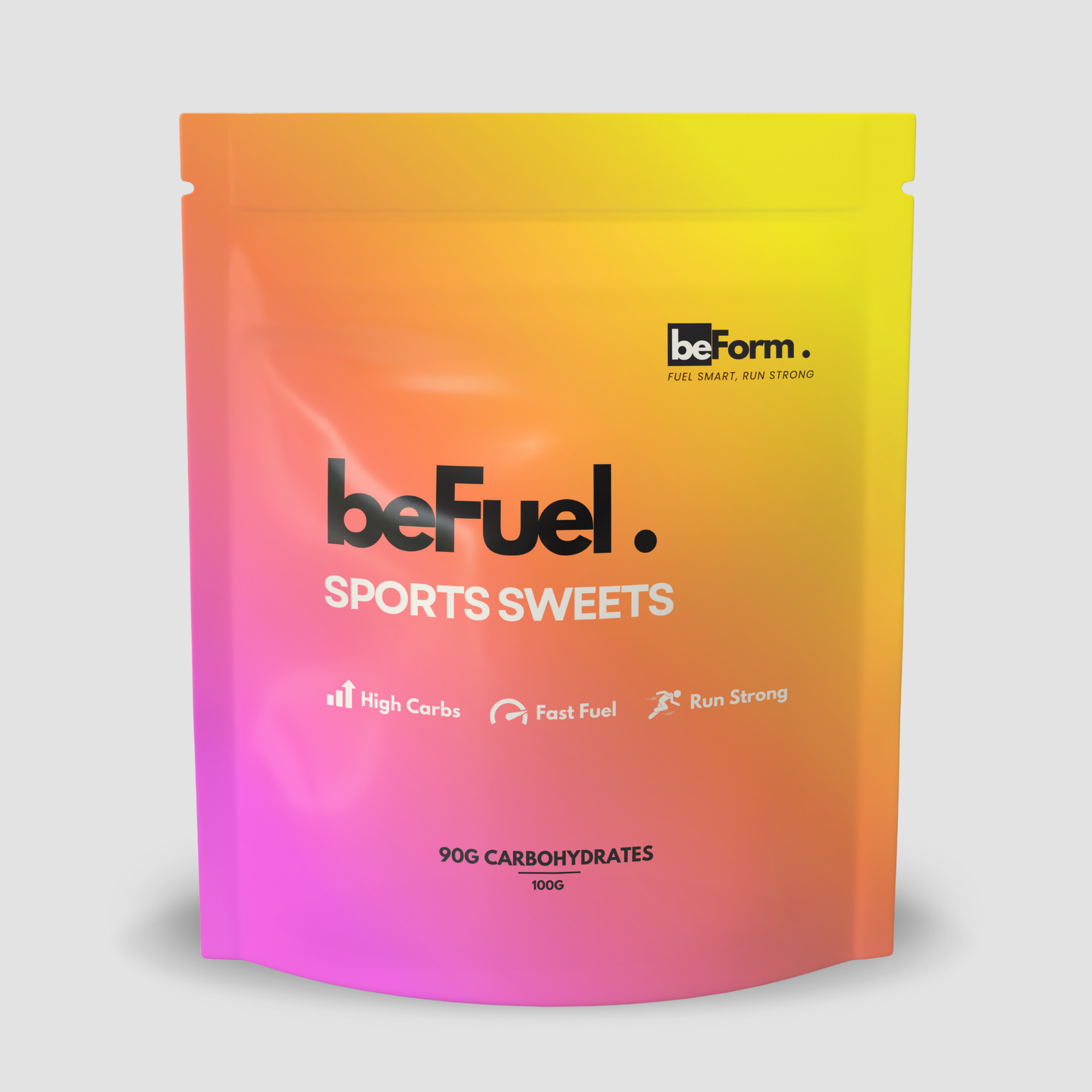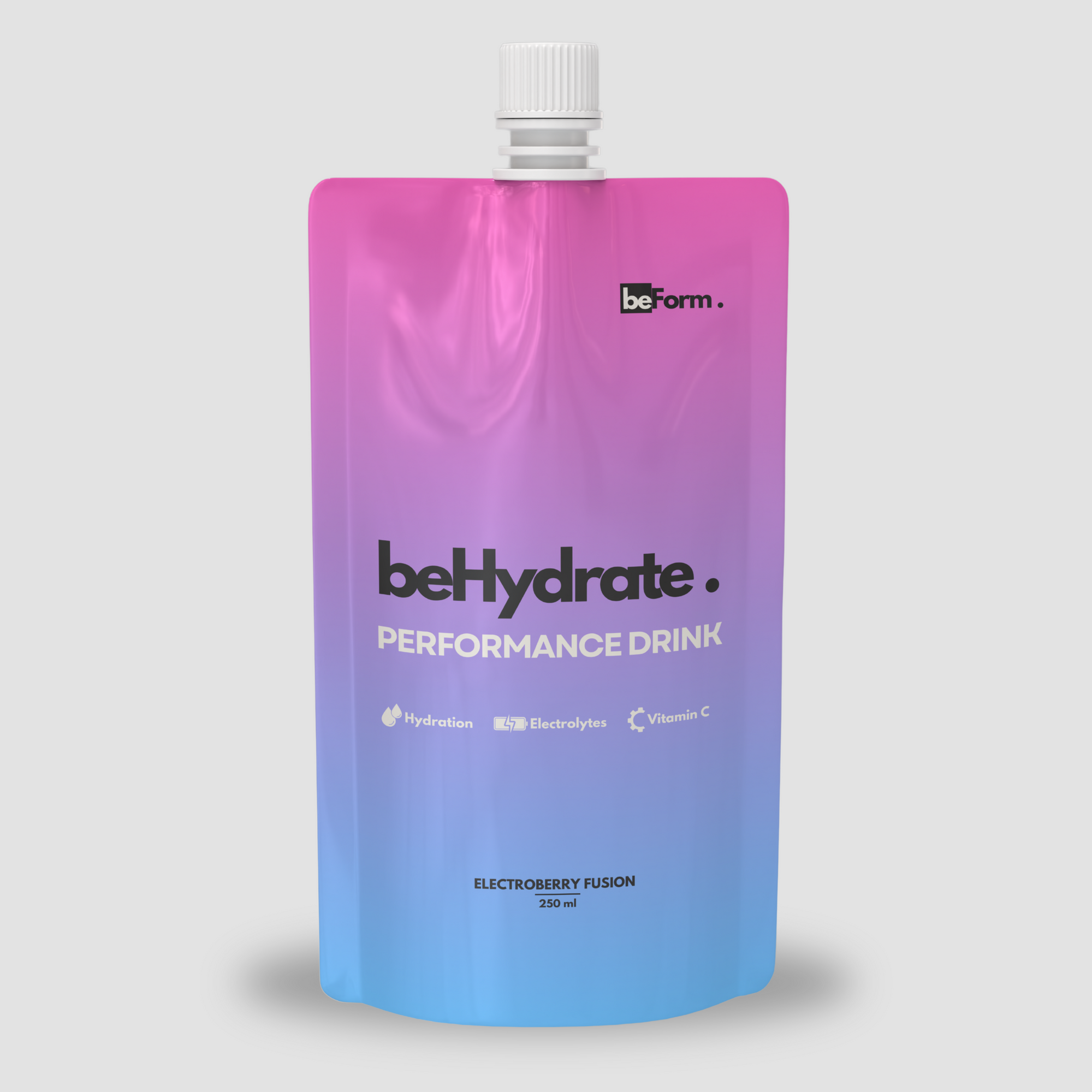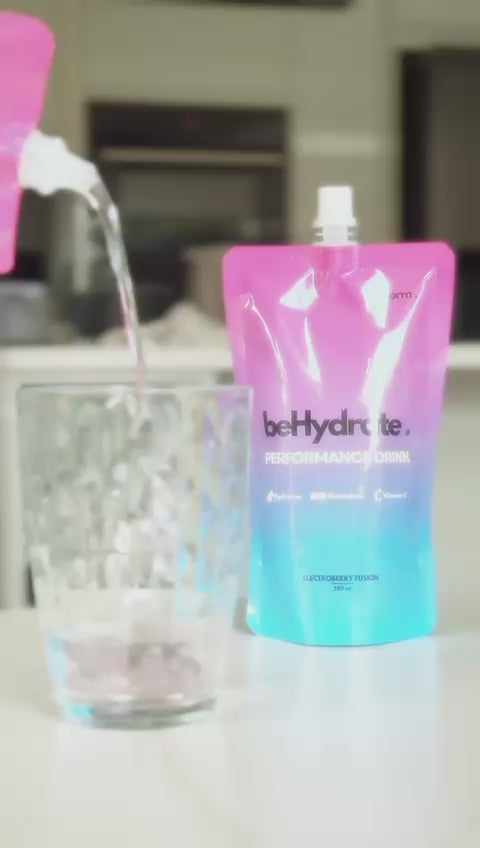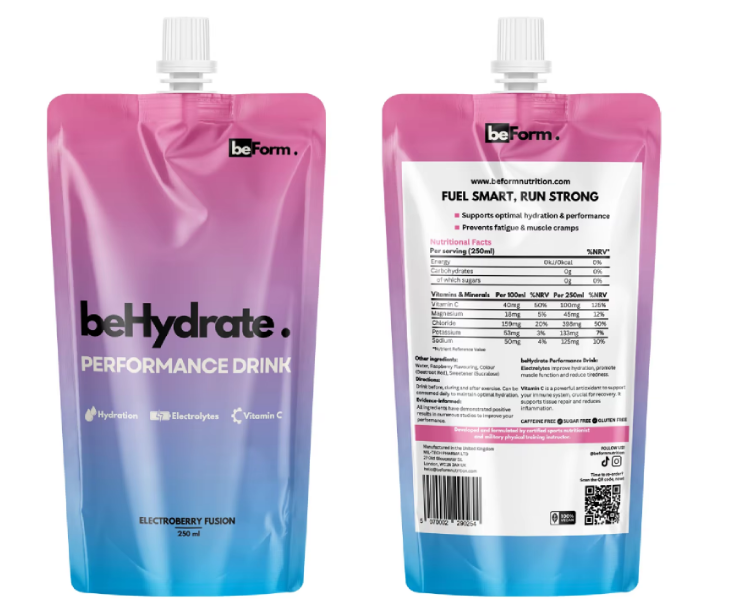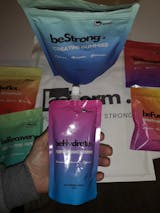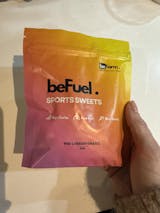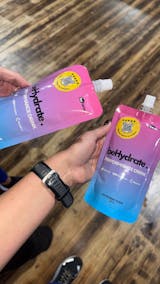Understanding Sweat Rate and Its Significance
Sweat rate refers to the volume of sweat produced by an athlete's body over an extended period, typically measured in litres per hour.
Its physiological function is important in maintaining body temperature during strenuous exercise. When body temperature increases, sweat glands release moisture onto the skin surface, which evaporates, helping to cool the body down quickly.
How quickly this process occurs may have significant ramifications on an athlete's performance and safety.
To measure sweat rate accurately, an athlete can weigh themselves before and after exercise while keeping track of any fluid intake during their session.
The difference in body weight based on fluid consumed provides a direct measure of sweat loss. Other methods exist, including sweat collection devices; however, the weight method remains widely accessible and reliable.
Monitoring sweat rate is vitally important to athletes to maintain optimal hydration levels, as dehydration can have serious repercussions, including reduced physical performance, an increase in heat-related illnesses and possible long-term health problems.
Studies have revealed that even losing 2% bodyweight through sweating can drastically diminish athletic performance, hence emphasising the need for athletes to learn their sweat rates.
Individual sweat rates can differ widely based on factors like genetics, heat acclimation, exercise intensity and environmental conditions.
Understanding these variables allows athletes to tailor their hydration strategies effectively by accounting for sweat rates; by optimising fluid intake, they can enhance performance while decreasing the risk associated with dehydration complications.
Factors Affecting Sweat Rate
Individual sweat rates may differ greatly based on body composition, exercise intensity, environmental conditions, clothing choice and heat acclimatisation factors - each element plays an integral part in determining just how much fluid an athlete loses through perspiration.
Body composition: Size and weight can significantly impact sweat rate. Individuals with greater muscle mass may show greater sweat response compared to those with higher fat percentages.
This could be explained by metabolic heat generated during muscle activity that causes elevated body temperatures, thus necessitating increased sweating as a form of temperature regulation.
Exercise: Intensity plays an integral role in sweat production: higher exertion levels result in elevated body temperatures, which in turn require additional perspiration to cool off and stay comfortable.
Environmental conditions: Temperature and humidity also play a significant role in perspiration rates, with hot and humid environments increasing sweat rates as the body attempts to cool itself more effectively, while cooler climates tend to result in decreased perspiration as they don't force your body as hard to keep its internal temperature stable.
Clothing: Breathable fabrics allow airflow for improved moisture wicking, which may either enhance or hinder this cooling process for your body.
Acclimatisation
Being acclimatised plays an integral part in sweat adaptation. Athletes who consistently train in hot climates may develop more efficient sweating mechanisms over time, leading to improved performance and hydration management.
Recognising these factors enables individuals to tailor their hydration strategies appropriately, ultimately improving athletic performance and well-being.
Here's a quick tip: If you're from the UK, you're not acclimatised.
Preparing to Calculate Sweat Rate
Before beginning an exercise session, athletes must undertake extensive preparation to accurately measure their sweat rate.
Prep is crucial as it ensures that sweat rate measurements accurately represent an individual's physiological response rather than external variables or errors in data collection.
Before exercising, athletes should first determine their hydration status by inspecting the colour of urine: pale yellow generally signifies adequate hydration, while darker urine suggests dehydration.
Athletes should start replenishing their hydration levels several hours in advance by drinking water or electrolyte drinks to restore optimal levels. We also have a product called beRecovery, which includes electrolytes to help support recovery, immunity and cellular hydration.
A well-hydrated athlete will provide more reliable sweat rate measurements that help identify fluid replacement needs during and post-exercise.
Clothing choices have an immense effect on sweat rate calculations. Athletes should select clothing made from moisture-wicking fabrics that ensure optimal sweat evaporation during exercise to both ensure comfort and gain more accurate data.
Restrictive or heavy clothing could lead to overheating during activity, leading to inaccurate data. Furthermore, attire should consider weather conditions; athletes competing in hot and humid conditions may require lighter attire than a cooler environments.
Last, the duration and intensity of each exercise session must be carefully planned to ensure a uniform test experience.
A standard session (e.g. 60 minutes at moderate-to-high intensity) is advised to minimise variations caused by external factors and ensure reliable sweat rate measurements that allow athletes to accurately assess their sweat rate for tailored hydration strategies to help boost performance.
Methods for Calculating Sweat Rate
There are various methods available for accurately measuring sweat loss; each has its own set of advantages and disadvantages.
The most frequently employed method involves weighing an athlete before and after exercise sessions. This direct approach requires them to conduct controlled workouts under similar conditions - typically without drinking fluids during their activity.
By subtracting pre-exercise weight from post-exercise weight, an athlete can estimate total fluid loss during exercise, which in turn is used to determine their sweat rate.
This method is both straightforward and highly effective; however, for optimal results, it requires using an accurate scale that can handle variations in weight accurately.
Estimating sweat loss through urine colour analysis is another effective means for measuring sweat loss.
Athletes can use a urine colour chart as a visual reference to assess their hydration levels quickly and easily throughout the day; darker urine usually indicates dehydration.
Unfortunately, however, this method relies heavily on individual factors like diet, medications and overall health status to be accurate for monitoring hydration during specific activities.
For those requiring more advanced solutions, sweat testing devices provide accurate measurements of sweat rate and electrolytes.
These specialised devices accurately track sweat volume and composition based on individual needs; though more comprehensive data may be gleaned with these systems, their cost can often outstrip their benefits, and additional training may be required for their successful usage.
At the core, selecting an optimal method will depend upon an athlete's personal circumstances, preferences and available resources. Understanding each approach's advantages and disadvantages will assist athletes in making informed decisions regarding their hydration strategies.
Interpreting Sweat Rate Results
A sweat rate, measured in litres per hour, indicates how much fluid has been lost through perspiration; when analysing these results, it's essential that different factors such as sweat rate value itself, environmental conditions, type of activity performed etc, are taken into consideration when making judgement calls on these findings.
-
Sweat rates of under 0.5 litres per hour are considered low.
-
Between 0.5 and 1.5 litres per hour is considered moderate.
-
Exceeding 1.5 litres is classified as high.
Athletes who sweat profusely are likely to have greater hydration needs that necessitate increased fluid consumption; those who sweat less may require less replacement fluid but must still monitor their levels to avoid dehydration during intensive physical activity.
As it is important to recognise, sweat rates vary based on factors like ambient temperature, humidity, altitude, and the intensity of an exercise undertaken, athletes should keep careful records of sweat rate results in different environments to identify patterns which can help tailor hydration strategies more effectively.
Athletes should keep detailed records across multiple conditions to monitor how their sweat rate compares.
For instance, while running in humid versus cool climate environments. As such, keeping detailed records can provide insights that allow tailoring their hydration strategies more efficiently.
If your weight drops by more than 2% during activity, that should indicate inadequate fluid intake, prompting athletes to adapt their hydration protocols accordingly.
Hydration Strategies Based on Sweat Rate
Consuming approximately 500-600 millilitres of water or other hydrating beverages two hours before training sessions will establish a good hydration baseline.
20-30 minutes before physical exertion, you can take another dose (around 200-300 millilitres) as an extra safeguard that your body is adequately hydrated before beginning exertion.
As soon as exercise starts, athletes need to realise the necessity of constant hydration.
Athletes should aim to consume fluids proportional to their sweat loss, which can be measured using pre- and post-exercise weight comparisons, with each kilogram lost being replaced with approximately 1.5 litres of fluid consumption.
Electrolyte-containing drinks may be helpful as well in replacing essential salts lost through sweat while helping maintain performance levels during prolonged workouts.
Post-exercise hydration is equally crucial to recovery. You must quickly restore lost volumes through drinking fluids quickly post-workout.
Aim to calculate your fluid losses and consume a combination of water with carbohydrates and electrolytes within 30 minutes post-exercise for maximum effectiveness and recovery from subsequent training sessions.
Top Tip: Chocolate milk is a proven recovery drink
By creating customised hydration strategies based on individual sweat rates, athletes are equipped with the knowledge needed to perform optimally in varying conditions.
Finding a balance of fluid intake, selecting beverages of the appropriate type, and strategically timing hydration sessions will lead to improved performance and well-being during both training and competition days.
Conclusion: Monitoring and Modifying Sweat Rate Over Time
As athletes advance their training regimens, it is critical to recognise that sweat rate can fluctuate due to changes in training intensity, environmental conditions and personal fitness levels.
Therefore, regular assessment of one's sweat rate under different conditions ensures optimal hydration strategies remain effective.
A sweat test entails weighing oneself before and after exercise sessions, wearing consistent clothing; any weight lost through sweat translates directly to fluid loss during workout sessions, while fluid consumed during an exercise session gives an accurate representation of sweat rate.
Additionally, external factors like humidity and temperature must also be taken into consideration, as they can influence sweat rates dramatically.
Warmer climates may increase perspiration; athletes should take note of changes to their environment to adapt hydration strategies accordingly.
Monitoring physiological responses like thirst levels or feelings of fatigue can provide further insights into whether current practices are sufficient.
As athletes progress in their training and gain fitness, their bodies may become more efficient at regulating temperature and maintaining fluid balance, leading to decreased sweat rate that requires adjustments in the hydration plan.
Therefore, regular reassessments should become part of any athlete's routine; in essence, monitoring sweat rate plays a pivotal role in optimising hydration, which ultimately contributes to enhanced performance and recovery.
Please share any insight or advice on our Facebook page so we can all work together and enjoy running to its fullest.



